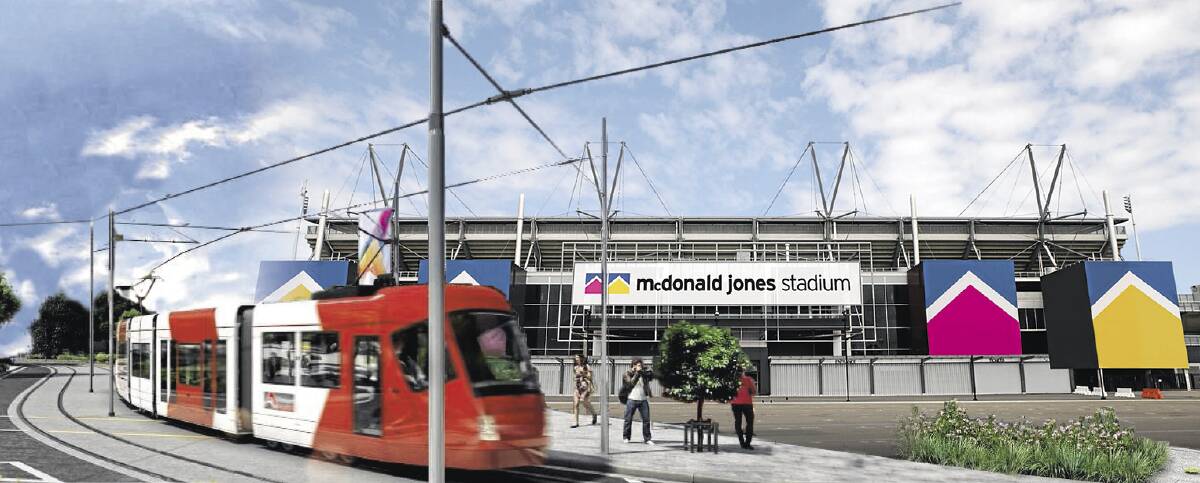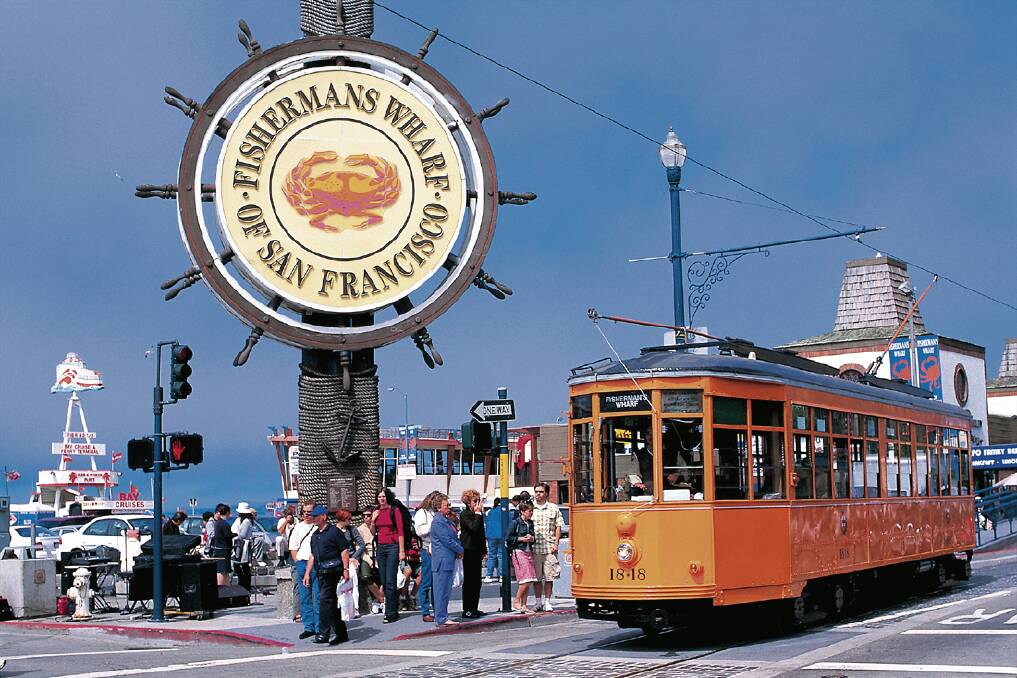FROM the Eiffel Tower to the Statue of Liberty, sometimes it only takes one idea to symbolically put a city on the world stage and in the back of every potential visitor’s mind. Newcastle now has more than half a dozen to weigh up.
Subscribe now for unlimited access.
or signup to continue reading
Newcastle Tourism Industry Group has put together a vision of the path from here to 2027 aiming to start a discussions about “turbocharging” the city’s industry to provide more jobs and boost our economy into the future.
Sent out to key players in the region’s tourism industry, it details projects that could ultimately make forecasts projecting an industry twice the present size.
The industry that today delivers $949.5 million in expenditure and 1.3 million domestic visits in 2027 is expected to bring in $1.8 billion in expenditure and nearly six million visits.
But tourism chiefs say that is a baseline, and spending now could reap another $52 million from business tourism, $34 million from leisure events and $430 million from leisure visits in tourist expenditure alone by 2027 with some foresight.
Their vision centres around eight “game changers”, which will be explored in detail in the Newcastle Herald over the next week, and how they can lay the foundation for a much broader appeal.
They include a foreshore in the mould of San Francisco’s famed Fisherman’s Wharf, a focused transformation of the Broadmeadow sporting precinct into the city’s second playground, a conference centre to cater to thousands at once and an East End built around sharing local knowledge and a technologically enhanced Fort Scratchley.
It goes on to suggest a cultural heritage precinct at King Edward Park, better links to Glenrock State Conservation Area, and Stockton reimagined as “a major new international marine leisure precinct”.
Newcastle Tourism Industry Group’s Will Creedon said the city was ready to take its place as the hub of other regional attractions like wine country and Port Stephens. “It’s slowly evolving into a destination in itself through the lens of a tourist or a visitor,” he said. “[This document] is only the beginning and it’s a conversation.”
“This is the first mile here.”
The vision sets its sights on making the city the leading light of regional tourism in NSW, nabbing a larger portion of overnight stays and visitation through events, business and leisure.
Every project has been chosen for its ability to enable growth around it, NTIG’s chief executive Gus Maher said. “If you look at the change from BHP’s closure to now, it’s just staggering,” he said. “So it would be remiss of us not to look forward and say over the next 20 years, what can we do?”
“We don’t have to be as visionary as we did 20 years ago because a lot of the pieces are already there.”

The projects outlined in the document run around the rim of the harbour to the beaches, then out to Broadmeadow in a loop Mr Creedon said could define Newcastle to a visitor.
He said clear progression for tourists hugging the natural shape of the coast, would help transcend language barriers and guide visitors to the hidden gems for a glimpse of the city’s total appeal.
A clear path would also allow satellites to develop around the “lighthouses” guiding the way, Mr Creedon said. “If you go to London, think about that red bus,” he said. “They have a path. Where’s ours?”
“It’s not about being right or wrong, or political, it’s about setting ourselves up for our future generations.
“20 years from now, we would like to see the actual physical evidence of some of these taking shape,” Mr Creedon said.
“Given the strengths of our great city and the range of visitor experiences throughout the Hunter region … we have signficant untapped potential,” the document states.
“However, we also have challenges which need to be addressed, including outdated perceptions of Newcastle in domestic and international markets.”
Mr Creedon said the eight projects had clear impacts for different segments of tourism and could be a catalyst to spin off many other ventures.
“There’s no single silver bullet, there’s a collection of bullets pointed in the same direction,” he said. “It’s the time. This document, four or six years ago, we wouldn’t be mature enough to have.”

Newcastle City Council chief executive Jeremy Bath said he believed the forecasts in the document bordered on conservative.
“What this paper is saying is even if we do nothing the visitor economy is going to grow by 50 per cent… let’s open our minds to what we can do,” he said.
“It quantifies the potential.
“Anyone who reads this document sees we are achieving in spite of ourselves… Whether we’ve reached our potential [in the future] is in our hands, and that’s exactly how it should be.”
“Maintaining the status quo will not deliver the full potential of Newcastle’s visitor economy,” the report states. “These game changer projects focus on adding depth, range and quality to our visitor experiences, event precincts and products: the all-important motivators which influence trip decisions from visitors in our target markets.”
Mr Maher said every resident of the city should have a say on whether they wanted to settle for natural growth or take steps to “turbocharge” the industry.
“What we’ve got to create is that atmosphere where people want to get back because they didn’t get it all done,” he said.
“We will get organic growth by sitting here and doing nothing, but we have an opportunity to turn on the turbocharger and go ahead by leaps and bounds.”
Beyond the ideas, Mr Creedon said it was a matter of creating a structure that could ultimately help bring the concepts to reality. Chief among them was a focus enabling the region to speak with a single, louder voice with both public and private investors.
“I don’t believe Newcastle wants to be average and mediocre,” he said.
“We want to lead, so let’s lead.”


